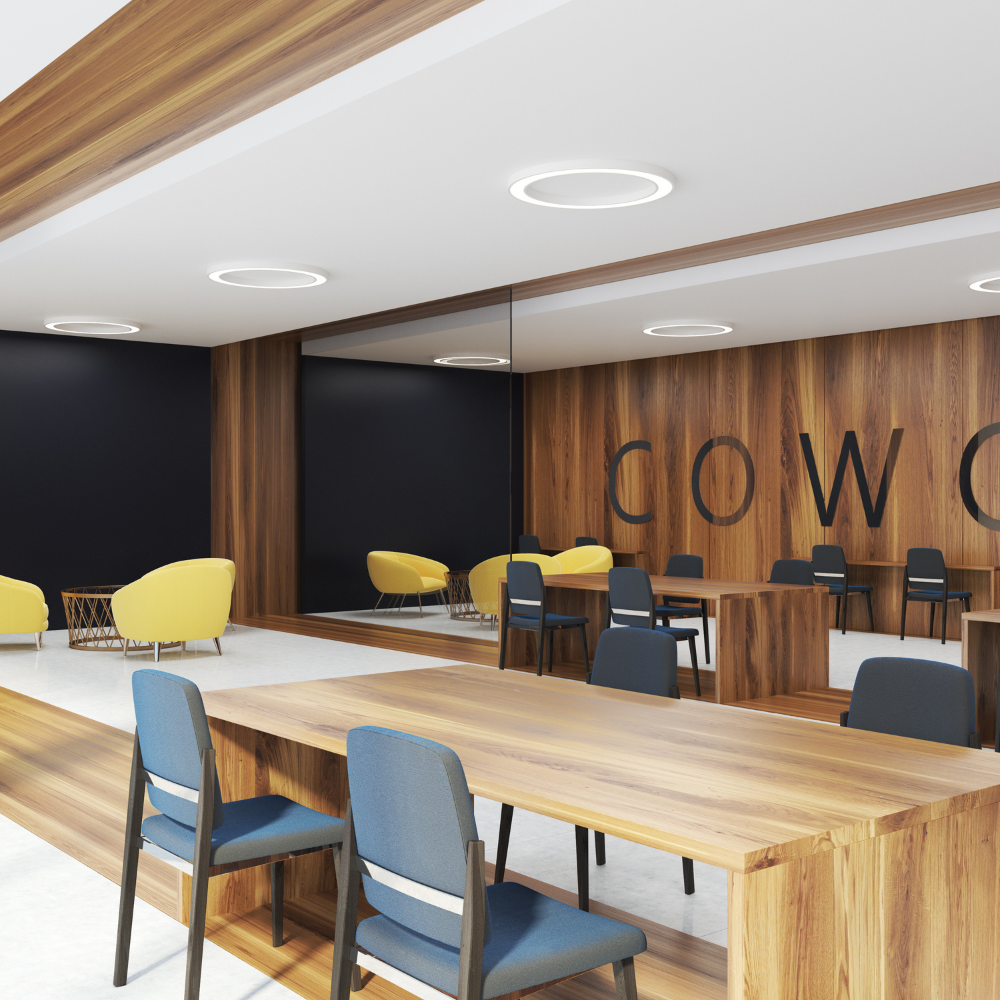GWA guest blog post by essensys
The demand for flexible workspace, services, and amenities are on the rise among office occupiers. Tenant expectations are evolving and the need for agile, responsive, and productive office environments is accelerating. The commercial real estate sector faces a great opportunity to retain existing tenants and capture new ones.
The misconception among CRE entrants to the market is that flex-space is just another component to the office sector. The reality is that running a flexible workspace operation is not one-size-fits-all. It’s a complex business model that requires careful planning and execution.
To stay ahead of the curve in this quickly changing market, you must first understand the demand drivers for flex; Then, tool-up with the right tech and systems to activate space, offer excellent member experiences, and ensure complete control and visibility over the operation.
How can space providers, asset owners, and managers step into flexible workspace?
Shifting from product to service-focused asset models
The difference between flex and traditional office real estate models comes down to understanding occupier requirements. Traditional real estate transactions are low volume, high value, and offer little to no flexibility. In service focused models, transactions are higher volume, lower value, and are driven by tenants’ needs. Offering greater agility, amenities and a spectrum of flexibility – anything from hot-desking and coworking to private offices and shorter-lease terms – drives value, productivity and superior experiences that result in tenant retention.
Understanding the business models
A flexible workspace is a business model in its own right and demands a solid proposition, brand, and operation to compete effectively. There are a few ways to enter the flex-space market: build, buy, or partner. For one, you can BYOB (build your own brand) with all of its bells and whistles. Not sure where to start? This comprehensive guide outlines the critical business pillars. Second, buy into operators with an established track record of success. Third, partner with space operators by engaging in management agreements or joint ventures that provide an exchange of operational services for a management fee.
Risk and valuation
As-a-service models have become the standard in consuming services across many industries, including the office. The market shift from longer to shorter term leases is forcing owners and investors to re-think risk and valuation models. Depending on where you sit in the sector, you’ll want to revisit your risk appetite when it comes to offering flexibility. Keep the stats in mind when you do. For example, according to JLL, 67% of CRE decision makers plan to increase workplace mobility programs and incorporate flex-space as a central element of agile working strategies.
Brand and culture
According to a recent infobrief by global research and advisory firm, IDC, office spaces are a key pillar for the future of work. The workspace brings together the workforce, brand, and culture. As a landlord, you may not be too concerned about brand identity. But in a diversified flex market, a differentiated brand will compete most effectively. It directly impacts member experience, occupancy rates and your bottom line.
The human experience
A coworking space is more than putting a bunch of desks in a room. It’s about humans and their purpose. Because people spend most of their time at work, as a workspace provider, you have a responsibility to curate connected and exceptional human experiences that keep members productive. Drive the best possible experience as a service by identifying the key requirements of varying stakeholders – think end-users, tenants, and space operators.
Design and architecture
It’s key to bear in mind that designing for a shared environment is unlike designing for a traditional office space. In flexible offices, every square foot can generate revenue, so optimization is crucial. An experienced architect will also understand how facility operations should align with the user experience.
Technology
Tech is a vital component in a flex-space operation that activates space to serve the varying requirements of multiple tenants. But a one-size-fits-all approach won’t work. To fill the gap, you need a tech services and infrastructure proposition that can overcome the operational complexities of delivering services across multiple systems, tenants, and locations. To run efficiently and accelerate growth, your technology should give you control and visibility over your services portfolio and drive exceptional member experiences in the workspace.
To explore these areas in more detail, access the complete guides here:
Part I: Critical Business Pillars
Part II: Technology, Systems and Security




